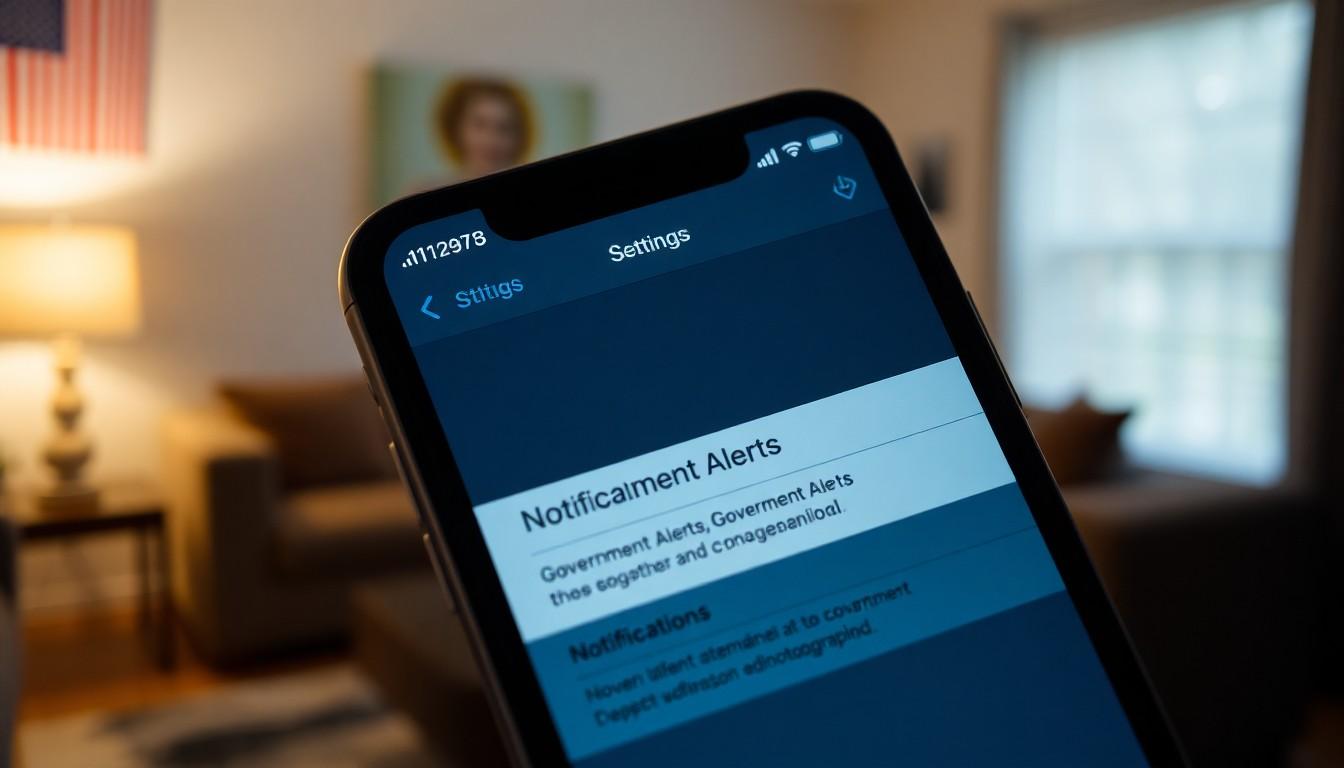Emergency alerts on an iPhone can feel like an unwanted surprise party—loud, disruptive, and completely uninvited. While these alerts are designed to keep people informed about emergencies, they can sometimes interrupt that crucial moment of binge-watching or your peaceful afternoon nap. If you’re tired of your phone yelling at you about weather warnings or Amber Alerts, it might be time to take back control of your device.
Understanding Emergency Alerts on iPhone
Emergency alerts on iPhones provide crucial information during critical situations. Users experience these notifications, which can interrupt everyday activities.
Types of Emergency Alerts
Type alerts include weather warnings, AMBER alerts, and governmental notifications. Weather warnings inform users about severe conditions such as hurricanes or tornadoes. AMBER alerts aim to locate abducted children quickly. Governmental notifications can encompass alerts about national security or local emergencies. Each alert type serves a specific purpose to enhance public safety and awareness.
The Importance of Emergency Alerts
Emergency alerts hold significant value for community safety. They deliver timely information during crises, potentially saving lives. Understanding these notifications helps users recognize their urgency. Being informed reduces confusion and enables better preparation for emergencies. Responding promptly to these alerts can lead to safer outcomes during unforeseen events. Keeping these notifications enables individuals to stay connected with critical developments in their area.
Step-by-Step Guide to Turning Off Emergency Alerts

To turn off emergency alerts on an iPhone, it’s essential to access the device’s settings. This action allows users to customize their notification preferences and manage alert types.
Accessing the Settings App
Open the Settings app by locating the gear icon on the home screen. Tap the icon to enter the settings menu. This menu contains various options for personalizing the device experience. Scroll down to find the “Notifications” option, which provides access to all notification settings. Selecting this option enables users to explore different alert preferences.
Navigating to Notifications
In the Notifications menu, users can view a list of apps and their respective notification settings. Each app displays various options for alerts. Find the segment titled “Government Alerts” at the bottom of the list. This section specifically addresses emergency alerts, including weather warnings and AMBER alerts. Users can toggle off options for alerts they wish to disable, providing greater control over notifications received.
Alternatives to Disabling Emergency Alerts
Users can explore other options for managing notification experiences without completely disabling emergency alerts. Customizing settings allows individuals to tailor their iPhone notifications based on preferences and needs.
Customizing Notification Settings
Customizing notification settings focuses on adjusting alert preferences for specific apps. Users often prefer prioritizing which apps send critical notifications. By accessing the Settings app and selecting Notifications, they can modify sound or banner styles for individual apps. Turning off non-essential alerts helps to minimize distractions while still receiving necessary information. Examples of customizable options include adjusting sounds, enabling preview settings, or choosing alert styles. This flexibility enhances user control over notifications while maintaining awareness of important emergencies.
Utilizing Do Not Disturb Mode
Utilizing Do Not Disturb mode provides a temporary solution for silencing all notifications, including emergency alerts. Turning on Do Not Disturb can happen quickly through the Control Center or the Settings app. Users can set specific schedules for this mode, allowing for uninterrupted periods during meetings or sleep. Custom modes enable exceptions for important calls or messages, maintaining essential communication while silencing distractions. Daily use of Do Not Disturb can significantly improve concentration and relaxation while ensuring that vital notifications remain accessible when necessary.
Potential Consequences of Disabling Alerts
Disabling emergency alerts on an iPhone can lead to significant risks. Users miss critical warnings related to severe weather events or local emergencies. Safety could be compromised, especially in areas prone to natural disasters. One alert missed could prevent timely evacuations or life-saving actions.
Staying informed about community threats is vital. People depend on alerts for information regarding kidnappings or health emergencies. Reducing access to these notifications can result in unawareness, impacting individual and public safety. Communities rely on timely alerts to respond effectively to crises. Engaging with these notifications fosters a well-informed society, essential during urgent situations.
Conclusion
Turning off emergency alerts on an iPhone can provide much-needed relief from unwanted interruptions. However, it’s essential to weigh the benefits of a quieter device against the potential risks of missing critical information during emergencies.
By customizing notification settings or using Do Not Disturb mode, users can strike a balance between minimizing distractions and staying informed. Engaging with emergency alerts contributes to personal and community safety, ensuring that individuals remain aware of vital situations. Ultimately, maintaining control over notifications empowers users while fostering a safer environment for everyone.